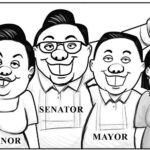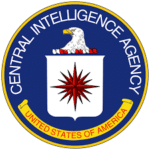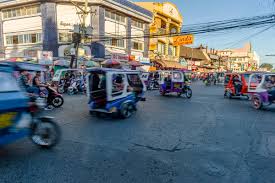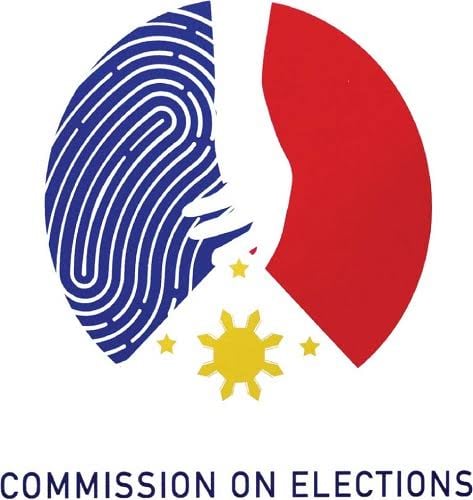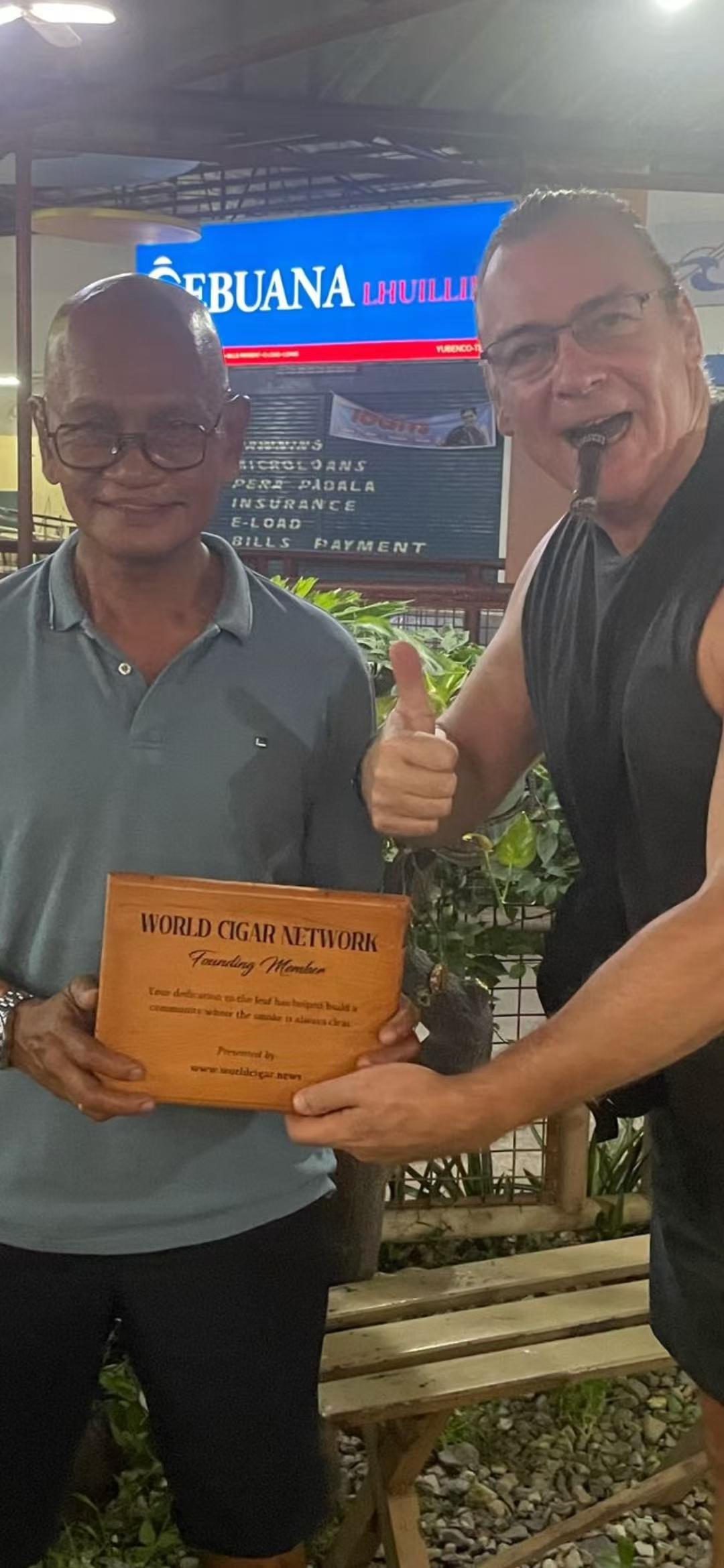Sheilla C. Ysug, R.N.
A Plea for Action on Zamboanga City’s Traffic Jam Issue
As the “Pearl of the South” in the Philippines, Zamboanga City boasts a rich cultural heritage and a strategic location amidst the Sulu Sea. However, the city’s transportation infrastructure is crying out for attention, with one of the major concerns being the chronic traffic congestion that has become a daily norm for its residents and commuters.
The traffic situation in Zamboanga City is nothing short of desperate. The city’s main roads, including the national highway, are perpetually clogged, leaving motorists stuck in hours-long queues, and businesses struggling to operate efficiently. The situation is not only frustrating but also a major economic burden, with the city’s industries and commerce severely impacted by the lack of reliable and efficient transportation.
While the city’s growing population is a significant contributor to the traffic congestion, it is not the sole cause of the problem. Inadequate infrastructure, poor traffic management, and a lack of coordination among government agencies and private operators are all contributing factors to the crisis.
One of the most pressing concerns is the condition of the city’s roads. Years of neglect and lack of maintenance have taken a toll on the infrastructure, with potholes, cracks, and uneven surfaces making the roads hazardous for drivers and pedestrians alike. The lack of adequate lighting and parking facilities only adds to the chaos, making it difficult for law enforcement agencies to effectively manage traffic and respond to emergencies.
Another issue is the lack of a comprehensive public transportation system. The city’s buses, jeepneys, and tricycles are often overcrowded, and their routes are not optimized to reduce congestion. The absence of a reliable and efficient public transportation system leaves commuters with few options, forcing many to rely on private vehicles, which exacerbates the traffic problem.
In the past years, we can easily transport from one place to another in just a matter of minutes. Nowadays, if you have a meeting or an appointment at 12 noon in a venue downtown, one must start to proceed to the venue at least an hour before the schedule, so as not to be late in any event thereat.
The solution to Zamboanga City’s traffic jam issue requires a multi-faceted approach that involves both short-term and long-term measures. In the short term, the city government must prioritize road maintenance and repair, improving the condition of the roads and making them safer for motorists and pedestrians. The implementation of a comprehensive traffic management plan, including the creation of traffic lanes, the installation of traffic lights, and the deployment of traffic enforcers, is also crucial.
In the long term, the city must invest in the development of a modern and efficient public transportation system. This includes the introduction of new and environmentally friendly modes of transportation, such as bus rapid transit systems, and the expansion of bike lanes and pedestrian walkways.
Furthermore, the city government must work closely with the private sector to develop a comprehensive plan to address the traffic congestion. This includes encouraging the private sector to invest in the development of public transportation infrastructure, such as bus terminals and parking facilities, and to promote carpooling and ride-sharing schemes.
In conclusion, the traffic jam issue in Zamboanga City is a pressing concern that requires immediate attention and action. By investing in road maintenance, implementing a comprehensive traffic management plan, and developing a modern and efficient public transportation system, the city can reduce congestion, improve the quality of life for its residents, and promote economic growth. It is time for the city government, private sector, and residents to work together to solve this problem and make Zamboanga City a more livable and competitive city.







